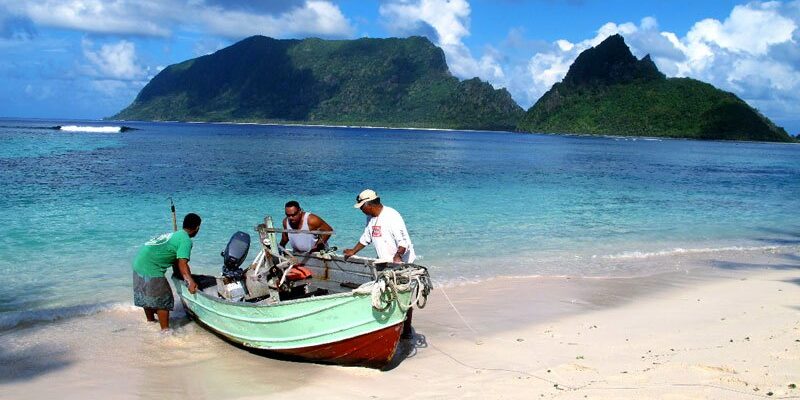Manuʻa Islands
Manua Islands is an archipelago of 4 islands of volcanic origin, including Tau (44.31 km²), Nuutele (1.08 km²), Ofu (7.215 km²), Olosega (5.163 km²). The Manu’a Islands are 110 km east of Tutuila Island and are part of American Samoa.
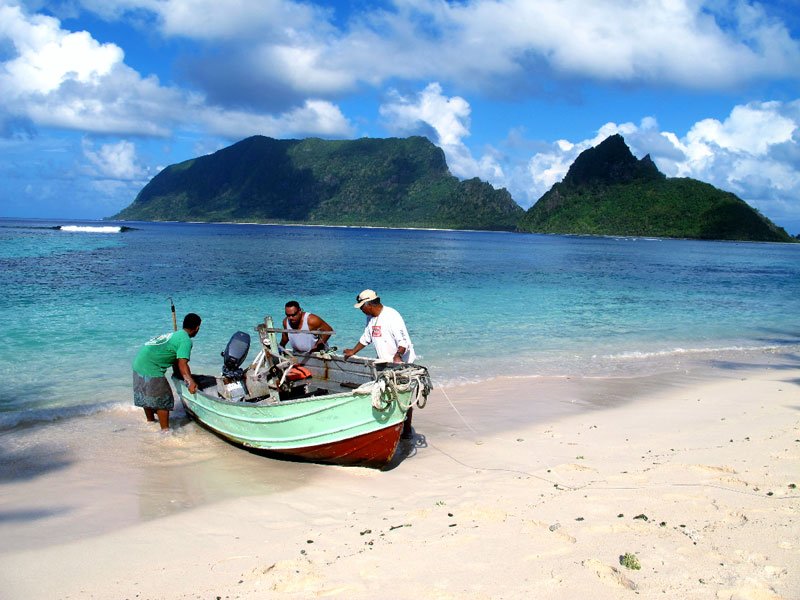
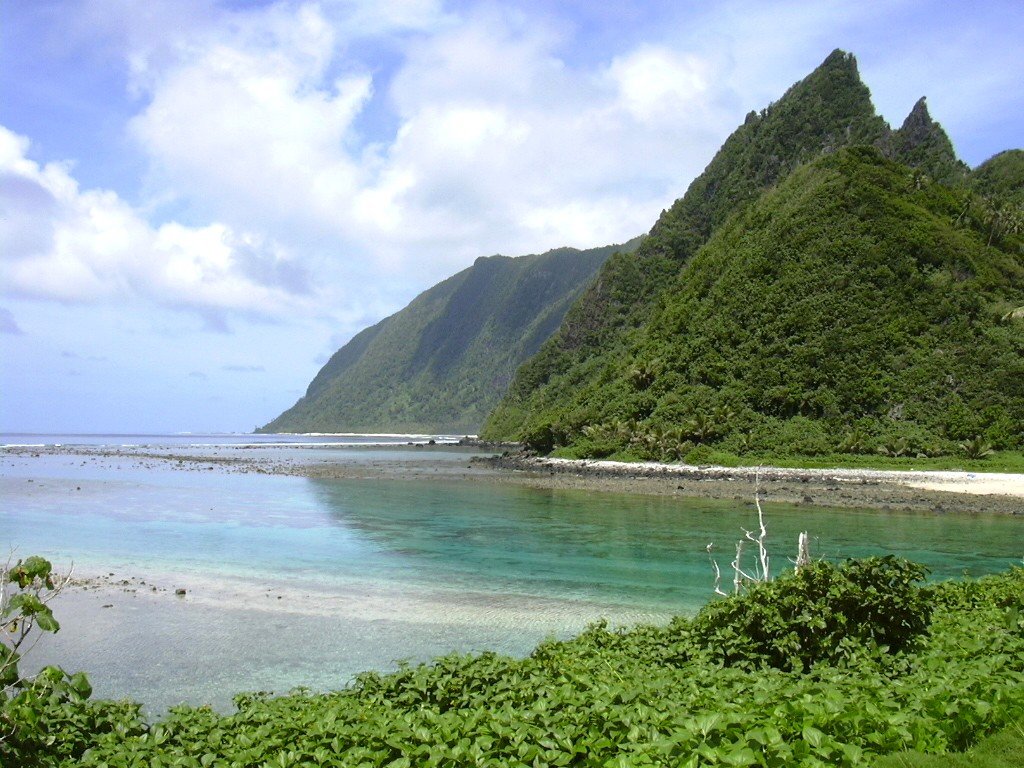
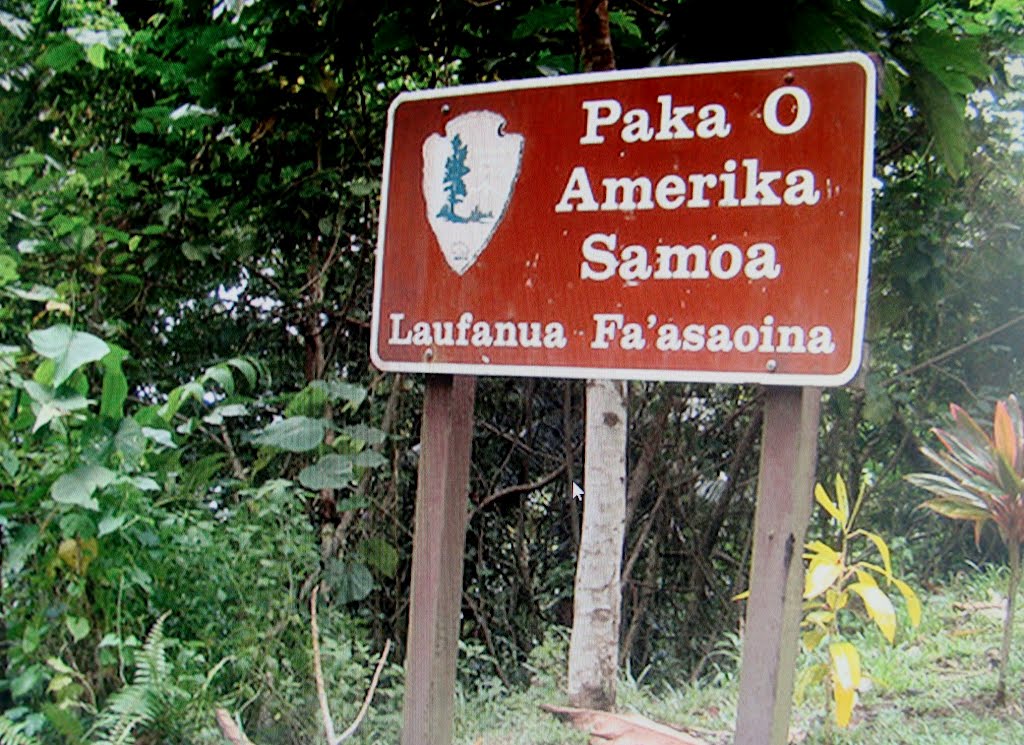
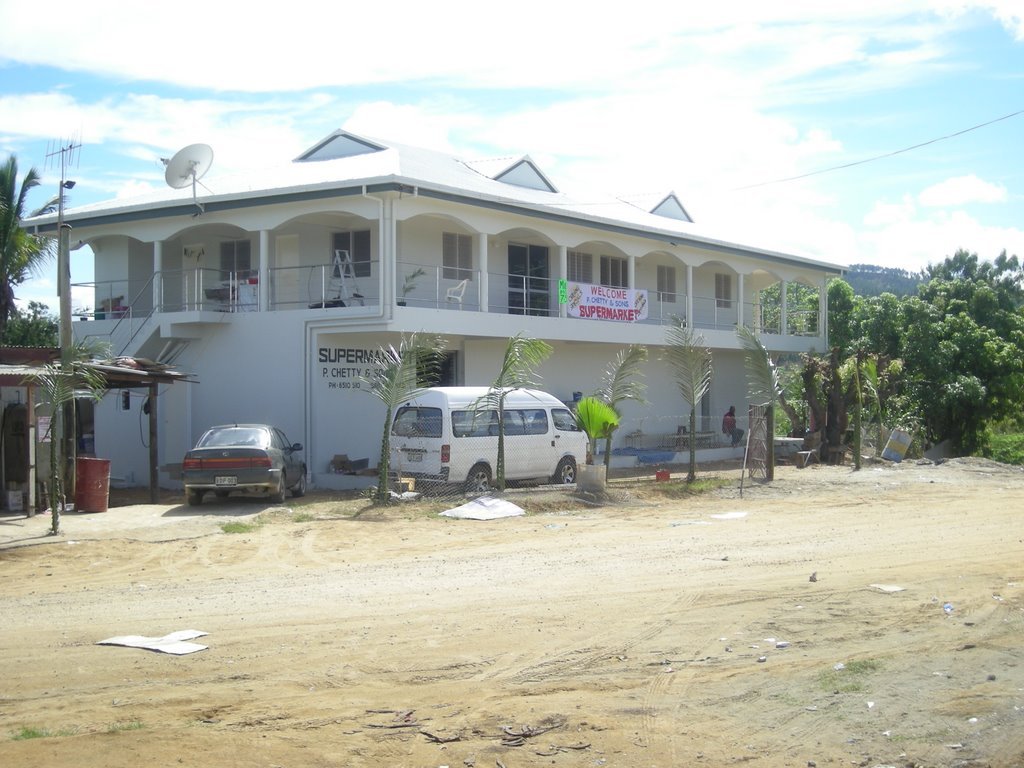
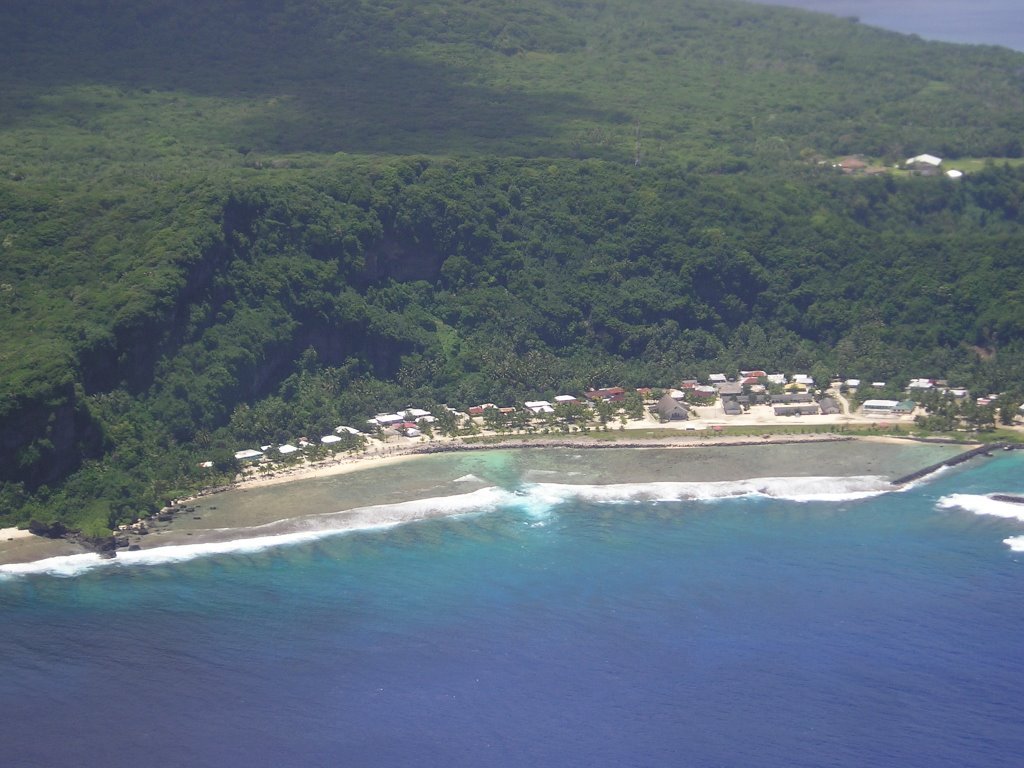
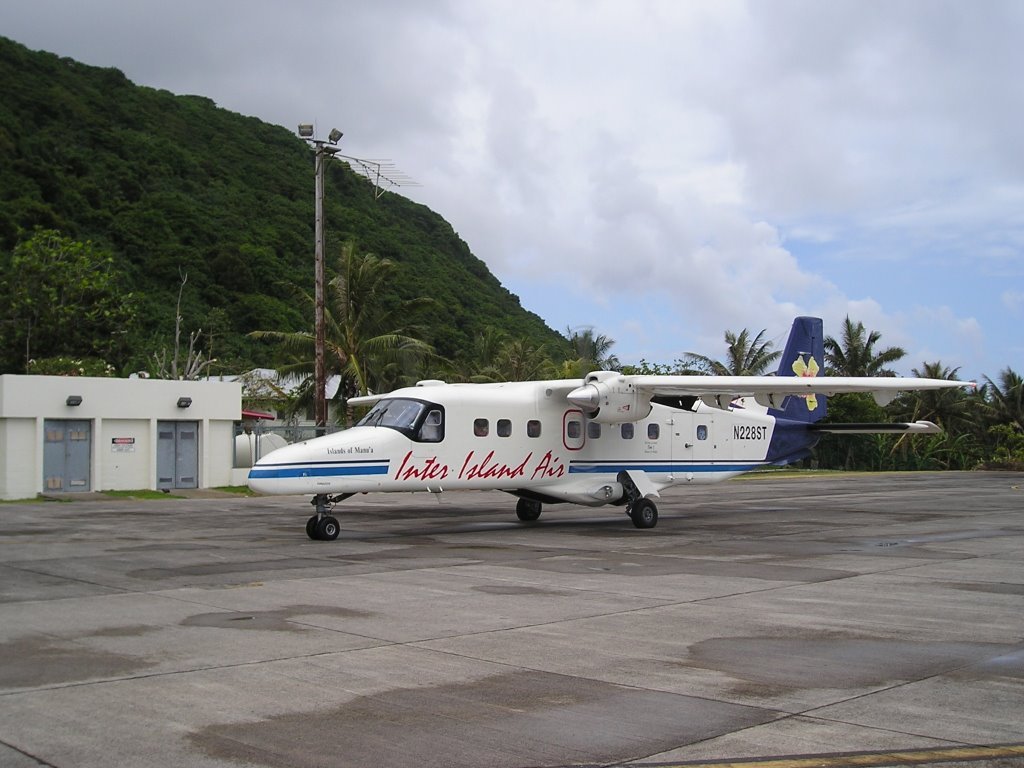
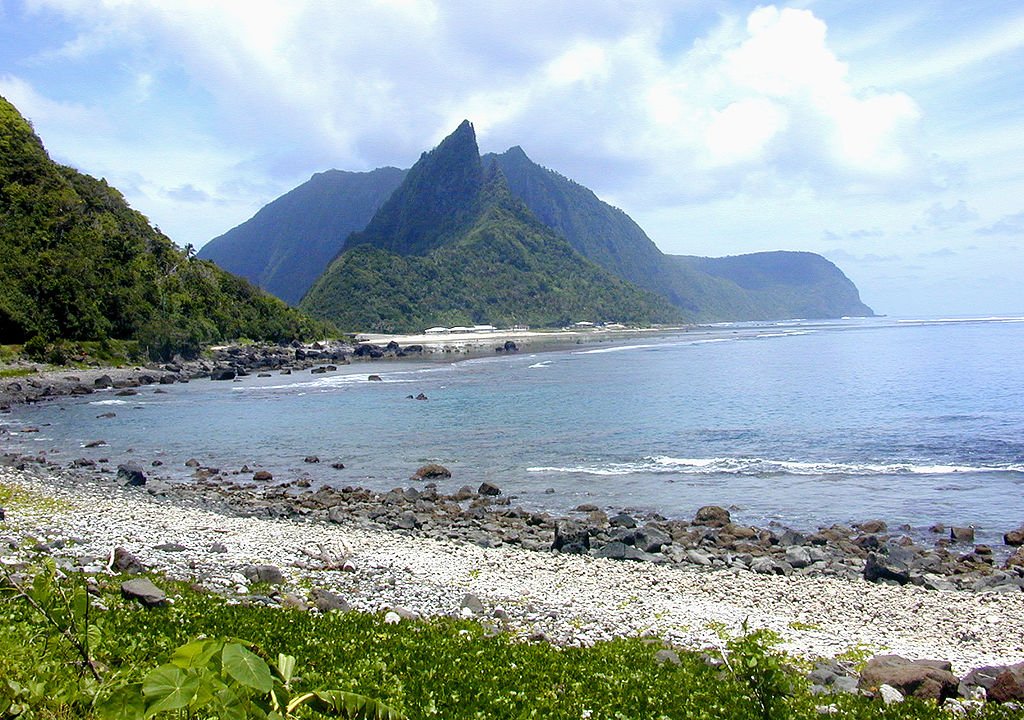
Tourists
Each of the islands has its own characteristics and unique, breathtaking scenery, as most of their territory is covered by nature reserves.
The islands of Ofu and Olosega are called twins. Formed by the collapse of two volcanoes, they are connected by a sandbank. If you get to Ofu, be sure to visit the island’s National Park. Here tourists will find a luxurious 5-kilometer beach with a magnificent coral reef. This place is considered one of the best for snorkeling. On Olosega, in turn, you can take a romantic walk through the unusual mountainous areas of the island, and then relax on one of its small isolated beaches..Tau Island, the largest of the Manu’a Islands, is located in the very east of the Samoan archipelago. The island’s main attraction is American Samoa National Park, which attracts travelers with its relict rain forest, as well as the variety of birds that inhabit the beautiful coastal cliffs. The volcanic crater of Judds Crater can also be explored here on a 6-hour hike.
.The Manu’a Islands can be reached by airplane, as there are active airports serving flights from other islands in American Samoa. The infrastructure is rather underdeveloped, but the seclusion, clear, crystal clear water, coral reefs and wild beaches beckon travelers from all over the world. It is impossible to leave here indifferent, especially since, if you believe ancient Polynesian legends, it was on Manua that the supreme god Tagaloa created the land and the first people on it.
.Life on the island
The Manu’a Islands are one of the few places in the world where there is a constant population decline. This is primarily due to young people seeking to be part of modern, vibrant life rather than spending their entire lives on lonely islands. Currently, there are less than 1,500 people living on Manua. By comparison, while in the 1930s approximately 20% of American Samoa’s total population lived on the islands, by the 1980s only 6% remained.
.
Currently, the Manu’a Islands are under the jurisdiction of the United States. The primary language is Samoan. Most islanders live off the income of family members who have gone to work on other islands or in the US. The diet of the islanders can be envied: it consists only of natural fresh products. Manua do not depend on imported goods from
